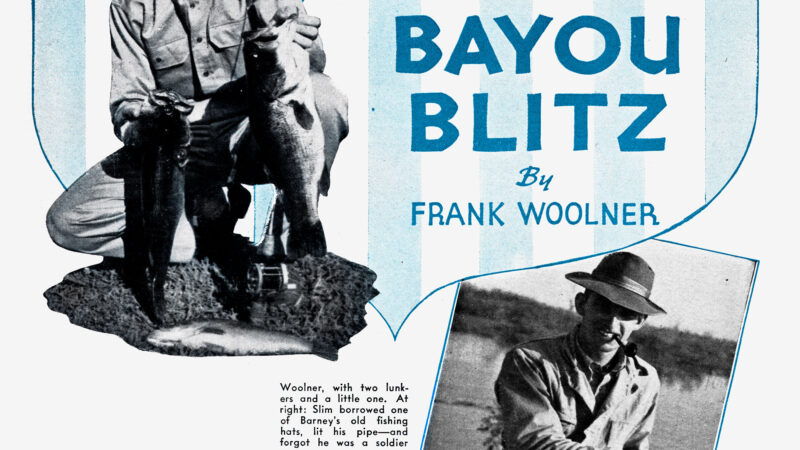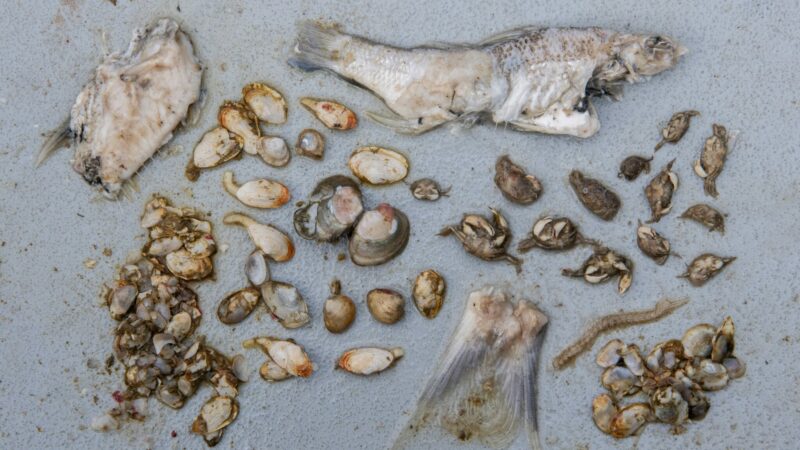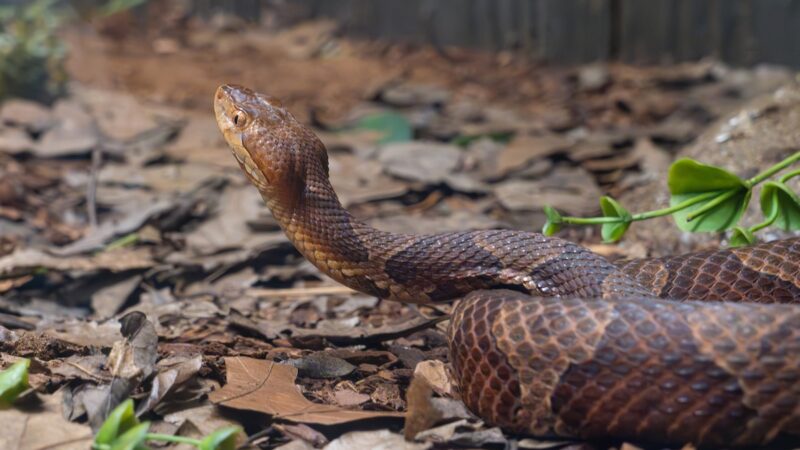Podcast: A Pot-Call Masterclass with Matt Van Cise, the Turkey Calling GOAT
If I liked basketball, it would be beyond cool to learn how to shoot a jump shot from Michael Jordan. But I like turkey hunting, and the Michael Jordan of turkey calling is Matt Van Cise. He’s won 16 Grand National Calling Championships, which includes nine open-division and four friction-calling wins. On top of being the turkey calling GOAT, Van Cise is also the custom call maker behind High Class Calls.
In this episode of the Outdoor Life podcast, I talked with Van Cise about everything from choosing a pot call to the subtle tricks he uses to add realism to his calling.
How to Choose a Slate Call
I started hunting with standard production pot calls, and as I became more interested in turkey hunting, I bought a Woodhaven. Then I learned about call companies like Hanks Game Calls and David Halloran Turkey Calls. Those smaller call companies got me interested in custom calls, which led to a dizzying array of options. With a custom call, I could pick the pot, soundboard, and surface components from a huge menu of exotic woods and materials
So, I wanted to see what Van Cise thought about finding the perfect surface, pot, soundboard, and striker.
Van Cise says that slate is always a great starting point for a new turkey caller because it’s so forgiving. Slate isn’t a straightforward selection because you can choose from green, red, purple, and black slate — all have subtle sound differences. Years ago, Van Cise didn’t care for black slate, but that has changed as an influx of high-quality black slate became available.
“What’s out there now is better than anything I’ve ever ran,” he says.
Aluminum is a surface that’s gained a lot of popularity in recent years, but even that metal produces nuanced differences in sound.
“Where you get the difference in aluminum is the different grades,” Van Cise says. “The harder aluminum will sound different than the softer aluminum.”
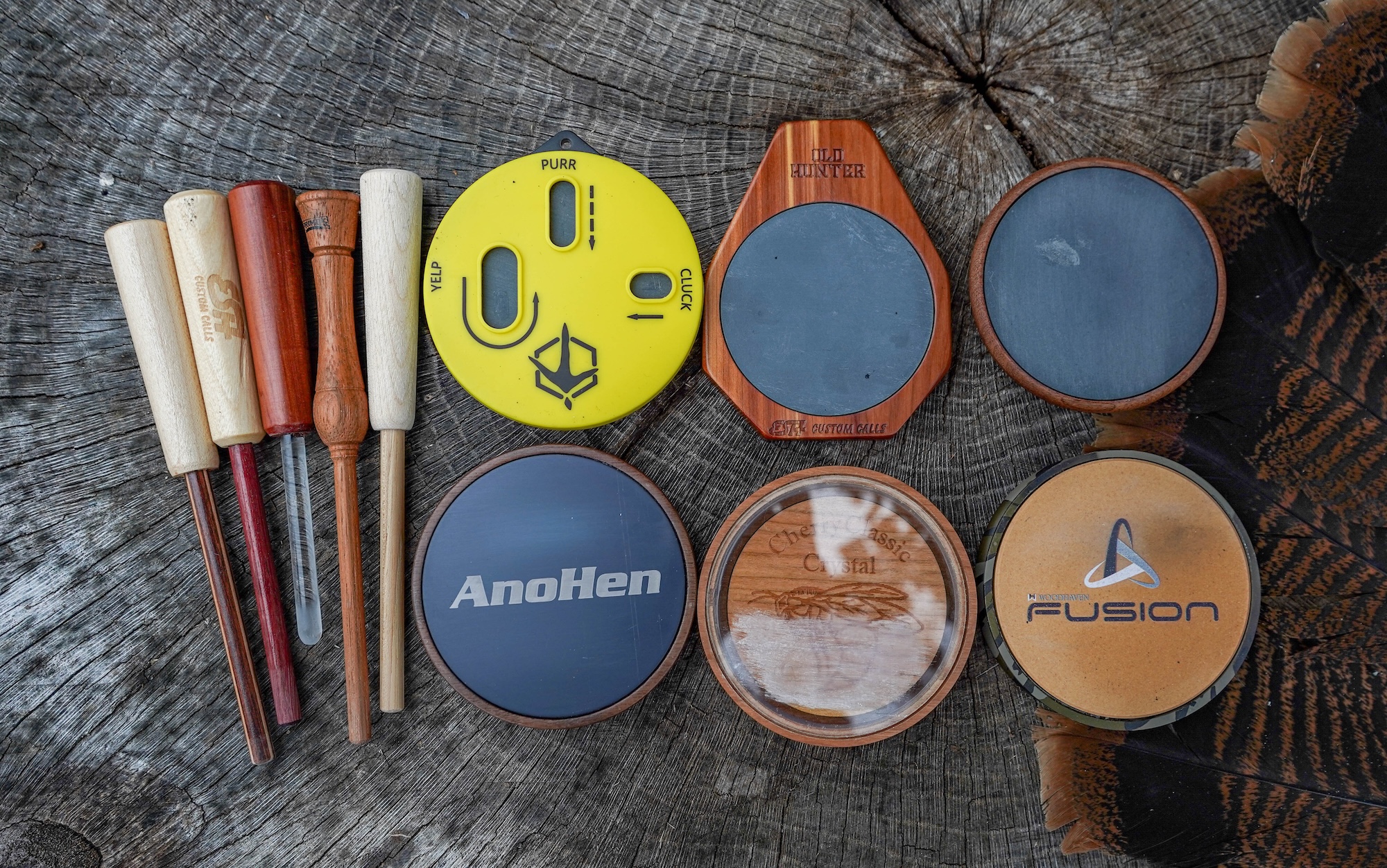
Van Cise’s favorite pot call surfaces are aluminum, ceramic, and slate, and he prefers calls with a body made out of walnut.
“Walnut works well with everything,” he says. “A good call maker told me that if you can’t get the turkey out of walnut or cherry, you can’t get it out of anything.”
Van Cise also says that exotic woods are more for looks and because they’re denser materials, call makers have to adjust their designs slightly. He says that aluminum works well with those denser materials and that ceramic can be finicky to get just right.
The final option in a pot call is the soundboard, a thin piece of material that rests just under the playing surface. Van Cise doesn’t notice a huge difference with different sound boards on glass and slate calls. But, varying thicknesses of wood soundboards can make a big difference because they are typically thicker and sit closer to the playing surface.
“A lot of times that will tighten a call up,” he says. “And by that, I mean it will bring it a little higher, and it will break harder.”
To make things simple, I asked Van Cise to spec out his three favorite pot calls. He said:
- Slate surface, glass soundboard, and a walnut pot
- A canary wood pot with an aluminum surface
- A padauk pot with a ceramic and a copper soundboard to mellow the sound
Choosing a Striker
A great pot call is nothing without a good striker. Van Cise says you just have to try a bunch and see what works best. But he relies heavily on Diamondwood strikers for all his calls. He also likes bloodwood, yellowheart, and hickory.
You can choose between a one or two-piece striker and a straight, flared, or rounded tip. Van Cise typically goes for a one-piece striker because he finds it balances better, but he mentioned that two-piece strikers don’t sound much different. For yelping, he prefers a flared tip.
Custom vs Production Calls
I like anything handmade, so naturally, I gravitated toward custom calls. Surprisingly, they’re not more expensive compared to a high-end production call. Van Cise says there’s less of a difference in performance than you might think, and it all depends on what you’re looking for.
“If you go to Walmart and buy a plastic Primos pot, some of those are really good,” he says. “But they all have a similar sound — they’re consistent. When you want to step to the next level, that’s when you get into a Woodhaven.”
Van Cise says there’s no real difference in sound between a premium production call like a Woodhaven and a custom call. The advantage of a custom pot is a unique-sounding call and an overall higher-quality build.
“When you’re only doing a hundred calls a year, there’s a little more room for attention to detail,” he says.
When you work with a custom call builder, you’ll be able to hear several calls and pick the one that has the sound that you’re specifically looking for. When you buy a production call, they’ll all generally sound the same. That slight difference can help you win a championship or close the deal on an old tom.
Read Next: Best Slate Calls
How to Make Realistic Sounds on a Pot Call
The whole reason for finding the best turkey call and then matching it to a striker is to make realistic turkey sounds. My question for Van Cise was how do I go about adding a little more realism to my calling
“Number one is being familiar with a turkey’s vocabulary,” he says. That means knowing precisely what the different turkey vocalizations sound like. Most people know what a yelp sounds like, but probably not all the subtlety within a series of yelps.
“All the time, I get guys who say, ‘Well, I don’t have to listen to turkeys, I know what they sound like.’ Well, I think I know all the words to a song I heard five years ago too, until the song comes on.”
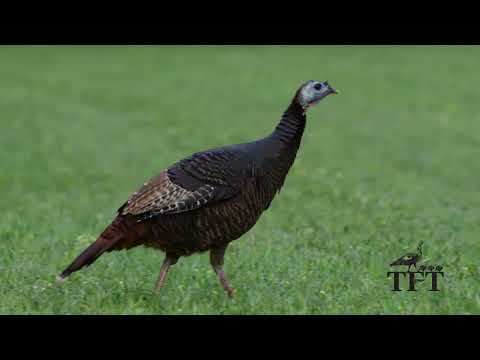
Even though we don’t exactly know what we’re saying to a turkey, we’re still communicating. So rather than imitating a call you heard your buddy make, listen to real turkeys. He says Turkeys for Tomorrow and the National Wild Turkey Federation have great resources on their sites, YouTube, and TikTok. Another great option are the DVDs from Denny Gulvas, assuming you’ve still got something to watch them on.
As you listen to those recordings, you’ll notice turkeys use varying amounts of inflection depending on what they’re trying to say. Think of a plain yelp versus an excited hen yelp.
“It’s about feeling, and inflection is feeling,” Van Cise says. “Some guys think speed is inflection. It’s not. If I’m trying to emphasize a point, you’ll hear my voice change. A turkey is the same way.”
Van Cise says that you can adjust how you hold the pot to make those inflections. “I’ll open and close my hand to get those pitch changes,” he says. “I can also vary my pitches just by varying the pressure on the striker.”
If you watch the GNCC friction finals, you’ll see competitors remove their fingers from the side of the pot and put them back as they run through a calling sequence. That’s one example of how you can slightly change the call’s tone to add realism.
Van Cise did something even more interesting while gobbler yelping at the 2024 GNCC. He put a towel on his hand.
“That idea goes back to the early 80s, it was something that Denny Gulvas did and told me about,” he says. He explained that the towel removes the ringing sound from a call and produces a more natural, guttural sound.
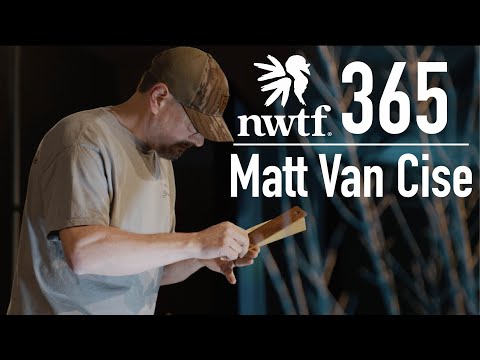
“In my bag I had two towels that were the exact same [type of] towel,” he says. “[But] one was softer than the other and you’d be surprised how much different the softer one made the call sound. It improved it over the other one.”
How you hold the striker can also impact your sound. In general, Van Cise holds the striker closer to the tip for softer, more controlled calls like purrs, and higher up for more aggressive calls like a fighting purr.
He did offer up one pro tip: “I take sports tape and put it on the striker for a better grip,” he says. “It keeps the striker from sliding and gives you more control.”
The Upshot
My big takeaways from talking to the turkey calling GOAT are that studying real turkey sounds and experimenting with my calls to replicate those sounds will improve my calling. And I’m pretty sure I also learned that I should order a ceramic and black slate calls, plus a few more Diamondwoods strikers. Just in case.
The post Podcast: A Pot-Call Masterclass with Matt Van Cise, the Turkey Calling GOAT appeared first on Outdoor Life.
Source: https://www.outdoorlife.com/hunting/podcast-pot-call-turkey-calling/


